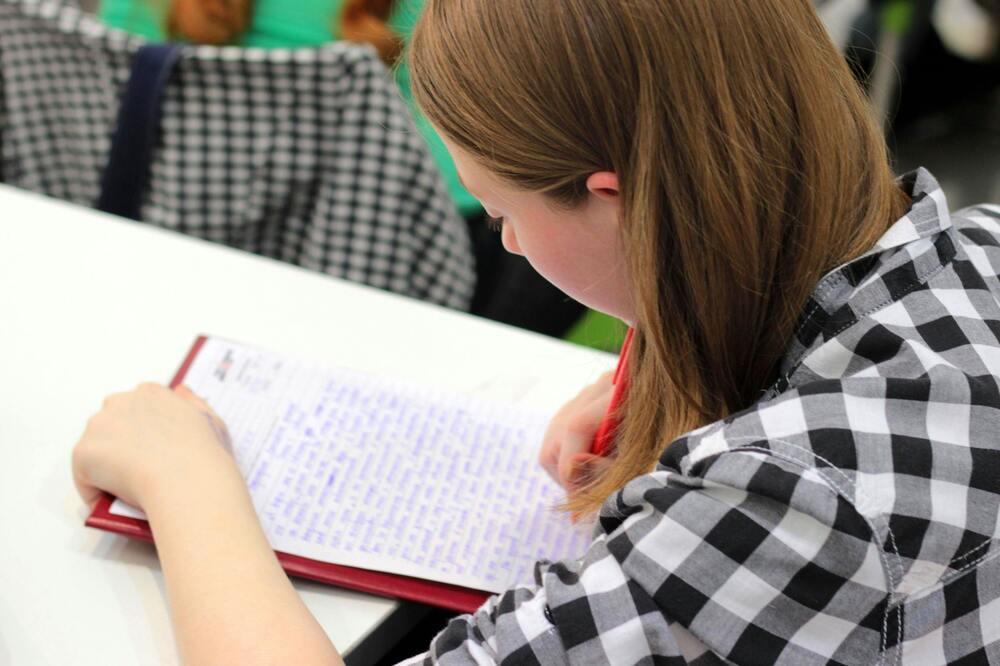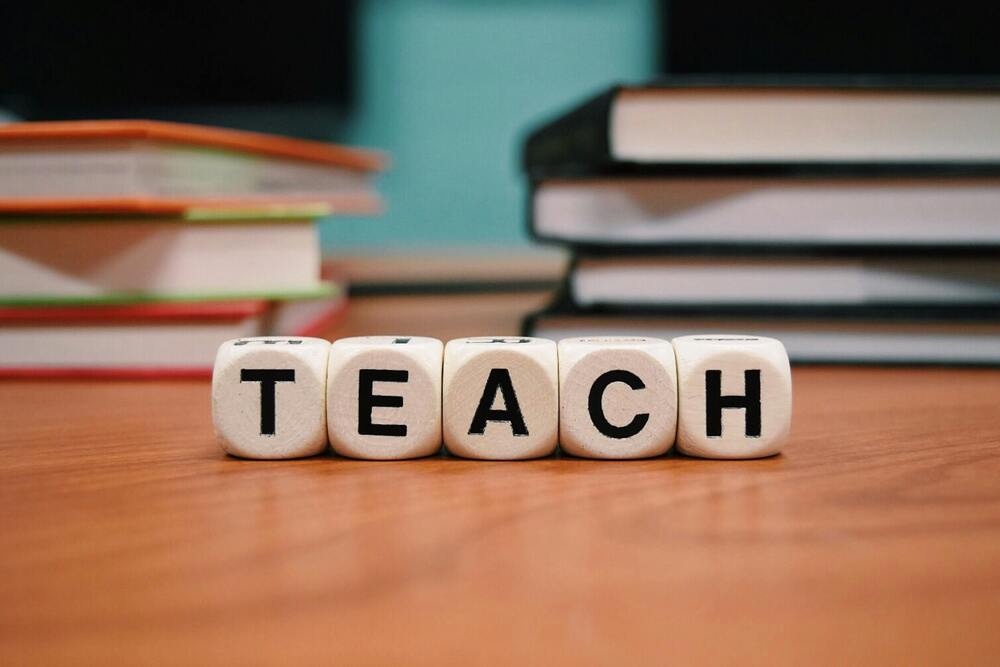In a world overflowing with information, mastering the art of note-taking can be a game-changer for students and professionals alike. ? Whether you're in a lecture hall, a meeting room, or simply reading a book, effective note-taking can enhance your understanding and retention of information. But what methods truly work? Let’s dive into the science behind effective note-taking and explore techniques that can elevate your learning experience! ?

The Importance of Note-Taking
Research shows that taking notes can significantly improve memory retention. A study by the University of California found that students who took notes by hand performed better on tests than those who typed their notes. This is because writing by hand engages more cognitive processes, making the information more memorable. ?
Key Statistics on Note-Taking
Here are some compelling statistics that highlight the importance of effective note-taking:
| Statistic | Percentage (%) |
|---|---|
| Students who retain information better with handwritten notes | 70% |
| Increase in retention when reviewing notes within 24 hours | 60% |
| Professionals who use structured note-taking methods | 80% |
These statistics underscore the value of effective note-taking strategies. But what methods should you consider?
Popular Note-Taking Methods
There are several popular note-taking methods, each with its own strengths. Here’s a breakdown of some of the most effective techniques:
1. The Cornell Method
The Cornell Method divides your notes into three sections: cues, notes, and summary. This structure helps you organize information and encourages active engagement with the material.
| Section | Purpose |
|---|---|
| Cues | Key terms and questions for review |
| Notes | Main ideas and details from the lecture |
| Summary | A brief overview of the content |
2. Mind Mapping
Mind mapping is a visual representation of information that helps in organizing thoughts and ideas. It’s particularly useful for brainstorming sessions or when studying complex topics. ?
| Feature | Description |
|---|---|
| Central Idea | The main topic at the center |
| Branches | Subtopics that stem from the central idea |
| Visuals | Use of colors and images to enhance memory |
3. The Outline Method
The Outline Method is a hierarchical way of organizing notes, making it easy to see the relationship between concepts. This method is particularly effective for structured subjects like history or science.
| Level | Description |
|---|---|
| Main Topics | Major headings that represent key concepts |
| Subtopics | Supporting details and examples |
| Bullet Points | Specific facts or data |
The Role of Technology in Note-Taking
In today’s digital age, technology plays a significant role in how we take notes. Apps like Evernote, Notion, and Microsoft OneNote offer features that can enhance your note-taking experience. For instance, you can easily organize your notes, add multimedia elements, and even collaborate with others. ?
Benefits of Digital Note-Taking
| Benefit | Description |
|---|---|
| Accessibility | Access your notes from anywhere |
| Searchability | Quickly find information with keywords |
| Multimedia Integration | Incorporate images, videos, and links |
Tips for Effective Note-Taking
To maximize the effectiveness of your note-taking, consider the following tips:
- Be Selective: Focus on key points rather than transcribing everything verbatim. This encourages active listening and comprehension.
- Use Abbreviations: Develop a system of abbreviations to speed up your writing. For example, use "w/" for "with" or "b/c" for "because." ✍️
- Review Regularly: Set aside time to review your notes. This reinforces learning and helps you retain information longer.
Conclusion
Effective note-taking is not just about writing down what you hear; it’s about engaging with the material in a way that enhances understanding and retention. By employing methods like the Cornell Method, mind mapping, or the outline method, you can transform your note-taking experience. ?
For more insights on improving your study habits, check out resources like Study Hacks or The Learning Scientists. Remember, the key to effective note-taking lies in finding a method that works best for you and consistently applying it. Happy note-taking! ?



